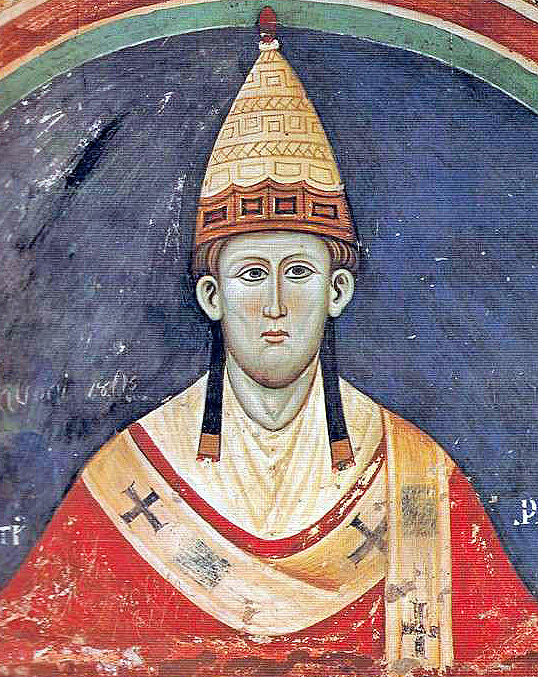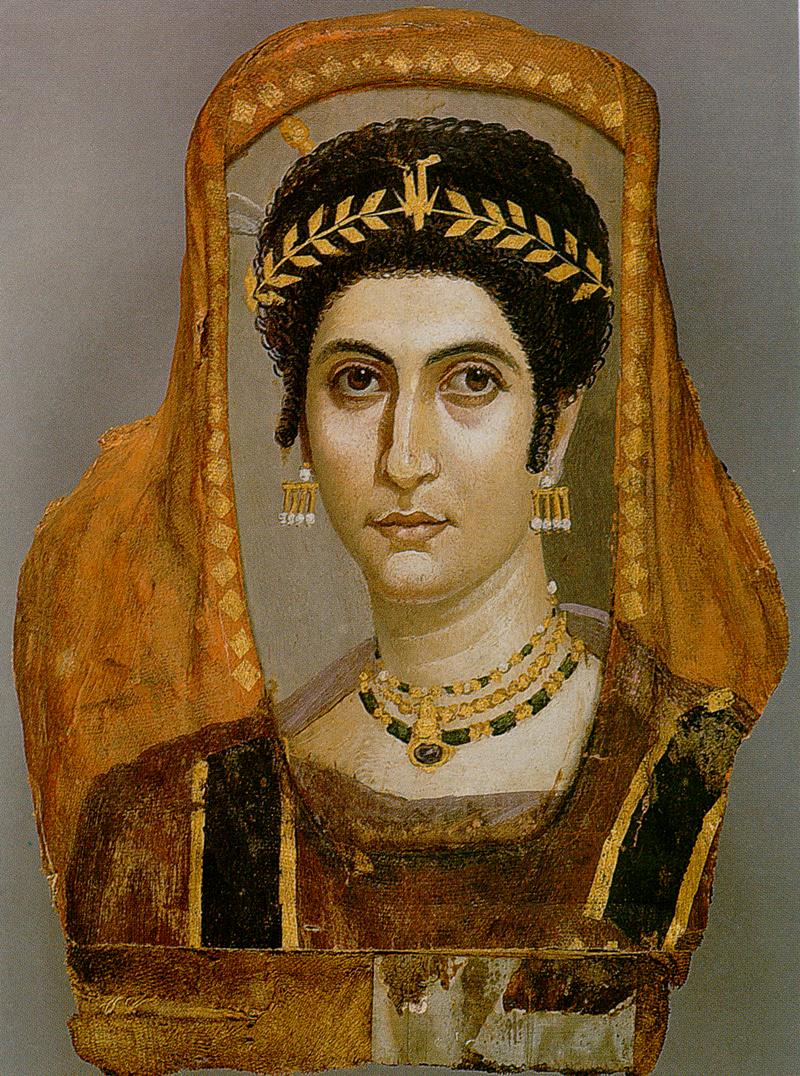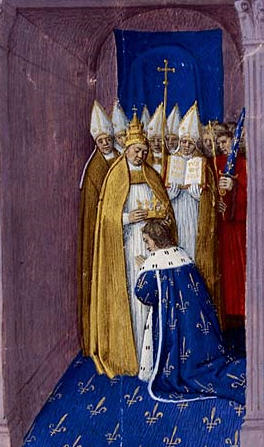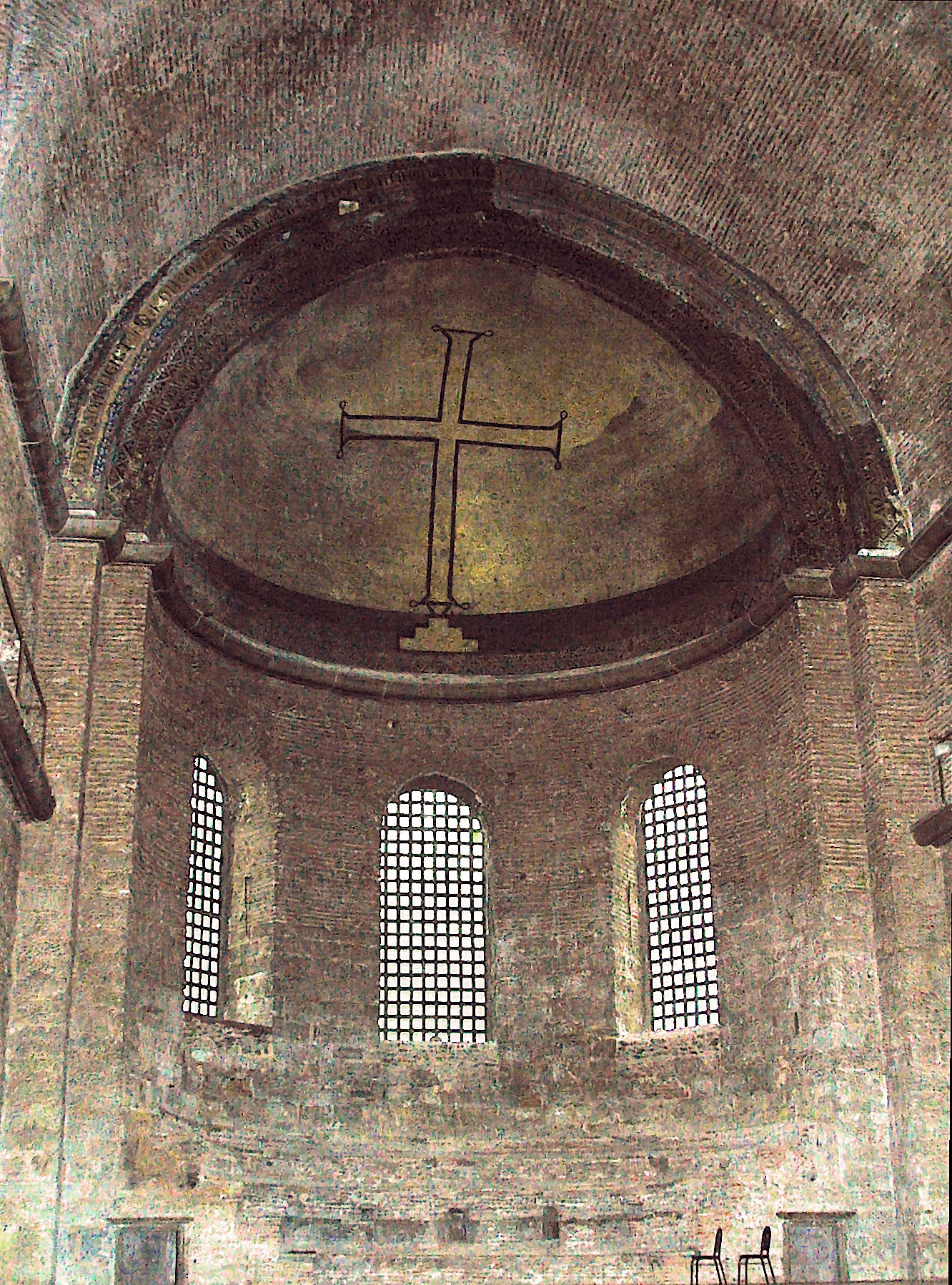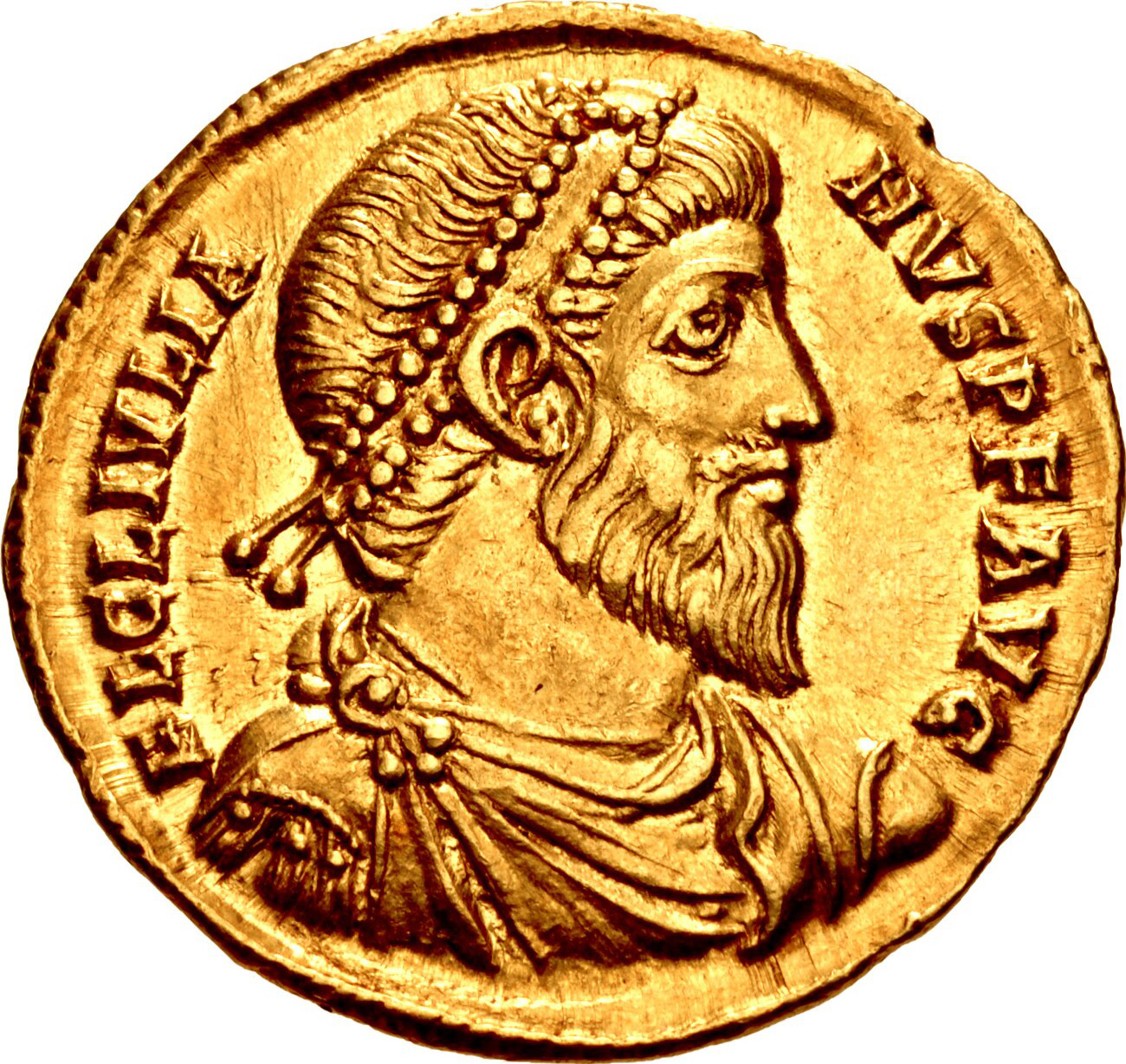|
Temporal Power (papal)
The Holy See exercised temporal power, as distinguished from its spiritual and pastoral activity, while the pope ruled the Papal States in central Italy. The Papal States ceased to exist following the capture of Rome in 1870 by the Royal Italian Army, after which its remaining territories were annexed to the Kingdom of Italy. The Lateran Treaty of 1929 later established the Vatican City, a small city-state where the Holy See currently exercises temporal powers. Origins Patrimony of Saint Peter The Lateran Palace was the first significant acquisition of the Holy See, most probably a gift from Constantine the Great. The example of Constantine was followed by wealthy families of the Roman nobility, and the residences and estates that were acquired in turn were designated the '' Patrimonium Sancti Petri.'' After the deposition of the last Roman emperor in the West in 476, the popes were subjects, first of Odoacer, then Arian Ostrogothic kings, then of the Byzantine em ... [...More Info...] [...Related Items...] OR: [Wikipedia] [Google] [Baidu] |
Tiara Of Pope Pius IX, 1854
A tiara (, ) is a headgear, head ornament adorned with gemstone, jewels. Its origins date back to ancient Greco-Roman world. In the late 18th century, the tiara came into fashion in Europe as a prestigious piece of jewelry to be worn by women at formal occasions. The basic shape of the modern tiara is a semicircle, usually made of silver, gold, or platinum and richly decorated with precious stones, pearls, or cameo (carving), cameos. Tiaras were extremely popular during the late 19th century and were worn at events where the dress code was white tie. After World War I, wearing a tiara gradually fell out of fashion, except for official occasions at a royal court. Interest in tiaras has increased again since the beginning of the 21st century. The word ''tiara'' is often used interchangeably with the word ''diadem''. Description The basic shape of the modern tiara is a semi-circle, usually made of silver, gold or platinum. Tiaras have also been made from tortoiseshell, Precious ... [...More Info...] [...Related Items...] OR: [Wikipedia] [Google] [Baidu] |
Patrimony Of Saint Peter
The Patrimony of Saint Peter () originally designated the landed possessions and revenues of various kinds that belonged to the apostolic Holy See. Until the middle of the 8th century this consisted wholly of private property; later, it corresponded to the territories under Papal sovereignty, but from the early 13th century the term was applied to one of the four provinces of the States of the Church. Patrimonial possessions of the Church of Rome In AD 321 Roman Emperor Constantine the Great declared the Christian Church could hold and transmit property. This was the first legal basis for the possessions of the Church of Rome. Subsequently, they were augmented by donations. Constantine himself probably gave the Church the Lateran Palace in Rome. Constantine's gifts formed the historical nucleus for the network of myth that gave rise to the forged document known as the " Donation of Constantine". Wealthy families of the Roman nobility followed Constantine's example. Their memo ... [...More Info...] [...Related Items...] OR: [Wikipedia] [Google] [Baidu] |
Pepin The Short
the Short (; ; ; – 24 September 768), was King of the Franks from 751 until his death in 768. He was the first Carolingian dynasty, Carolingian to become king. Pepin was the son of the Frankish prince Charles Martel and his wife Rotrude of Hesbaye, Rotrude. Pepin's upbringing was distinguished by the ecclesiastical education he had received from the Christian monasticism, Christian monks of the Basilica of Saint-Denis, Abbey Church of St. Denis, near Paris. Succeeding his father as the Mayor of the Palace in 741, Pepin reigned over Francia jointly with his elder brother, Carloman (mayor of the palace), Carloman. Pepin ruled in Neustria, Burgundy, and Provence, while his older brother Carloman established himself in Austrasia, Alemannia, and Thuringia. The brothers were active in suppressing revolts led by the Bavarians, Aquitanians, Saxons, and the Alemanni in the early years of their reign. In 743, they ended the by choosing Childeric III, who was to be the last Merovingian ... [...More Info...] [...Related Items...] OR: [Wikipedia] [Google] [Baidu] |
Aistulf
Aistulf (also Ahistulf, Haistulfus, Astolf etc.; , ; died December 756) was the Duke of Friuli from 744, King of the Lombards from 749, and Duke of Spoleto from 751. His reign was characterized by ruthless and ambitious efforts to conquer Roman territory to the extent that in the ''Liber Pontificalis'', he is described as a "shameless" Lombard given to "pernicious savagery" and cruelty. Biography Aistulf was born as the son of Duke Pemmo of Friuli and his wife Ratperga. After his brother Ratchis became king, Aistulf succeeded him as Duke of Friuli and later succeeded him as king, when Ratchis was forced to abdicate the throne. Ratchis entered a monastery thereafter. While Ratchis had been more tolerant with the Roman element of the Italian population, Aistulf followed a more aggressive policy of expansion and raids against the Papal States and the Eastern Roman exarchate of Ravenna. In 750, Aistulf captured Ravenna and all the provinces subject to the Exarchate, even declar ... [...More Info...] [...Related Items...] OR: [Wikipedia] [Google] [Baidu] |
Duchy Of Rome
A duchy, also called a dukedom, is a country, territory, fief, or domain ruled by a duke or duchess, a ruler hierarchically second to the king or queen in Western European tradition. There once existed an important difference between "sovereign dukes" and dukes who were ordinary noblemen throughout Europe. Some historic duchies were sovereign in areas that would become part of nation-states only during the modern era, such as happened in Germany (once a federal empire) and Italy (previously a unified kingdom). In contrast, others were subordinate districts of those kingdoms that had unified either partially or completely during the medieval era, such as France, Spain, Sicily, Naples, and the Papal States. Examples In France, several duchies existed in the medieval period, including Normandy, Burgundy, Brittany, and Aquitaine. The medieval German stem duchies (, literally "tribal duchy," the official title of its ruler being '' Herzog'' or "duke") were associated with the Fra ... [...More Info...] [...Related Items...] OR: [Wikipedia] [Google] [Baidu] |
Kingdom Of The Lombards
The Kingdom of the Lombards, also known as the Lombard Kingdom and later as the Kingdom of all Italy (), was an Early Middle Ages, early medieval state established by the Lombards, a Germanic people, on the Italian Peninsula in the latter part of the 6th century. The king was traditionally elected by the very highest-ranking aristocrats, the Duke (Lombard), dukes, as several attempts to establish a hereditary dynasty failed. The kingdom was subdivided into a varying number of duchies, ruled by semi-autonomous dukes, which were in turn subdivided into gastaldates at the municipal level. The capital of the kingdom and the center of its political life was Pavia in the modern northern Italian region of Lombardy. The Lombard invasion of Italy was opposed by the Byzantine Empire, which had control of the peninsula at the time of the invasion. For most of the kingdom's history, the Byzantine-ruled Exarchate of Ravenna and Duchy of Rome separated the northern Lombard duchies, collective ... [...More Info...] [...Related Items...] OR: [Wikipedia] [Google] [Baidu] |
Iconoclastic Controversy
The Byzantine Iconoclasm () are two periods in the history of the Byzantine Empire when the use of religious images or icons was opposed by religious and imperial authorities within the Ecumenical Patriarchate (at the time still comprising the Roman-Latin and the Eastern-Orthodox traditions) and the temporal imperial hierarchy. The First Iconoclasm, as it is sometimes called, occurred between about 726 and 787, while the Second Iconoclasm occurred between 814 and 842. According to the traditional view, Byzantine Iconoclasm was started by a ban on religious images promulgated by the Byzantine Emperor Leo III the Isaurian, and continued under his successors. It was accompanied by widespread destruction of religious images and persecution of supporters of the veneration of images. The Papacy remained firmly in support of the use of religious images throughout the period, and the whole episode widened the growing divergence between the Byzantine and Carolingian traditions in wha ... [...More Info...] [...Related Items...] OR: [Wikipedia] [Google] [Baidu] |
Leo III The Isaurian
Leo III the Isaurian (; 685 – 18 June 741), also known as the Syrian, was the first List of Byzantine emperors, Byzantine emperor of the Isaurian dynasty from 717 until his death in 741. He put an end to the Twenty Years' Anarchy, a period of great instability in the Byzantine Empire between 695 and 717, marked by the rapid succession of several emperors to the throne, along with ending the continual defeats and territorial losses the Byzantines had suffered during the 7th century. He also successfully defended the Empire against the invading Umayyads and Byzantine Iconoclasm, forbade the veneration of icons. Early life Leo III was born in Germanikeia, Commagene, which is in modern Kahramanmaraş in Turkey. His original name was Konon (). Leo’s native tongue was Syriac language, Syriac or Arabic and he was described by Theophanes the Confessor as "the Saracen-minded," although there is very little evidence that he was directly influenced by Islam. After the victory of Ju ... [...More Info...] [...Related Items...] OR: [Wikipedia] [Google] [Baidu] |
Byzantine Emperor
The foundation of Constantinople in 330 AD marks the conventional start of the Eastern Roman Empire, which Fall of Constantinople, fell to the Ottoman Empire in 1453 AD. Only the emperors who were recognized as legitimate rulers and exercised sovereign authority are included, to the exclusion of junior co-emperors who never attained the status of sole or senior ruler, as well as of the List of Byzantine usurpers, various usurpers or rebels who claimed the imperial title. The following list starts with Constantine the Great, the first Christian emperor, who rebuilt the city of Byzantium as an imperial capital, Constantinople, and who was regarded by the later emperors as the model ruler. Modern historians distinguish this later phase of the Roman Empire as Byzantine due to the imperial seat moving from Rome to Byzantium, the Empire's integration of Christianity, and the predominance of Greek instead of Latin. The Byzantine Empire was the direct legal continuation of the eastern ... [...More Info...] [...Related Items...] OR: [Wikipedia] [Google] [Baidu] |
Pope Gregory II
Pope Gregory II (; 669 – 11 February 731) was the Pope, bishop of Rome from 19 May 715 to his death on 11 February 731.Mann, Horace. "Pope St. Gregory II." The Catholic Encyclopedia Vol. 6. New York: Robert Appleton Company, 1909. 18 September 2017 His defiance of Emperor Leo III the Isaurian as a result of the Byzantine Iconoclasm, iconoclastic controversy in the Eastern Empire prepared the way for a long series of revolts, schisms, and civil wars that eventually led to the establishment of the Temporal power of the Holy See, temporal power of the popes. Early life Born into a Patrician (ancient Rome), noble Roman family in the year 669, Gregory was the son of Marcellus and wife Honesta. Gregory II was an alleged collateral ancestor to the Roman Savelli family, according ...[...More Info...] [...Related Items...] OR: [Wikipedia] [Google] [Baidu] |
Exarchate Of Ravenna
The Exarchate of Ravenna (; ), also known as the Exarchate of Italy, was an administrative district of the Byzantine Empire comprising, between the 6th and 8th centuries, the territories under the jurisdiction of the exarch of Italy (''exarchus Italiae'') resident in Ravenna. The term is used in historiography in a double sense: "exarchate" in the strict sense denotes the territory under the direct jurisdiction of the exarch, i.e. the area of the capital Ravenna, but the term is mainly used to designate all the Byzantine territories in continental and peninsular Italy. According to the legal sources of the time, these territories constituted the so-called ''Provincia Italiae'', on the basis of the fact that they too, until at least the end of the 7th century, fell under the jurisdiction of the exarch and were governed by ''duces'' or ''magistri militum'' under him. The exarchate was established around 584, the year in which the presence of an exarch in Ravenna is attested for th ... [...More Info...] [...Related Items...] OR: [Wikipedia] [Google] [Baidu] |
Byzantine Empire
The Byzantine Empire, also known as the Eastern Roman Empire, was the continuation of the Roman Empire centred on Constantinople during late antiquity and the Middle Ages. Having survived History of the Roman Empire, the events that caused the fall of the Western Roman Empire in the 5th centuryAD, it endured until the fall of Constantinople to the Ottoman Empire in 1453. The term 'Byzantine Empire' was coined only after its demise; its citizens used the term 'Roman Empire' and called themselves 'Romans'. During the early centuries of the Roman Empire, the western provinces were Romanization (cultural), Latinised, but the eastern parts kept their Hellenistic culture. Constantine the Great, Constantine I () legalised Christianity and moved the capital to Constantinople. Theodosius I, Theodosius I () made Christianity the state religion and Greek gradually replaced Latin for official use. The empire adopted a defensive strategy and, throughout its remaining history, expe ... [...More Info...] [...Related Items...] OR: [Wikipedia] [Google] [Baidu] |
